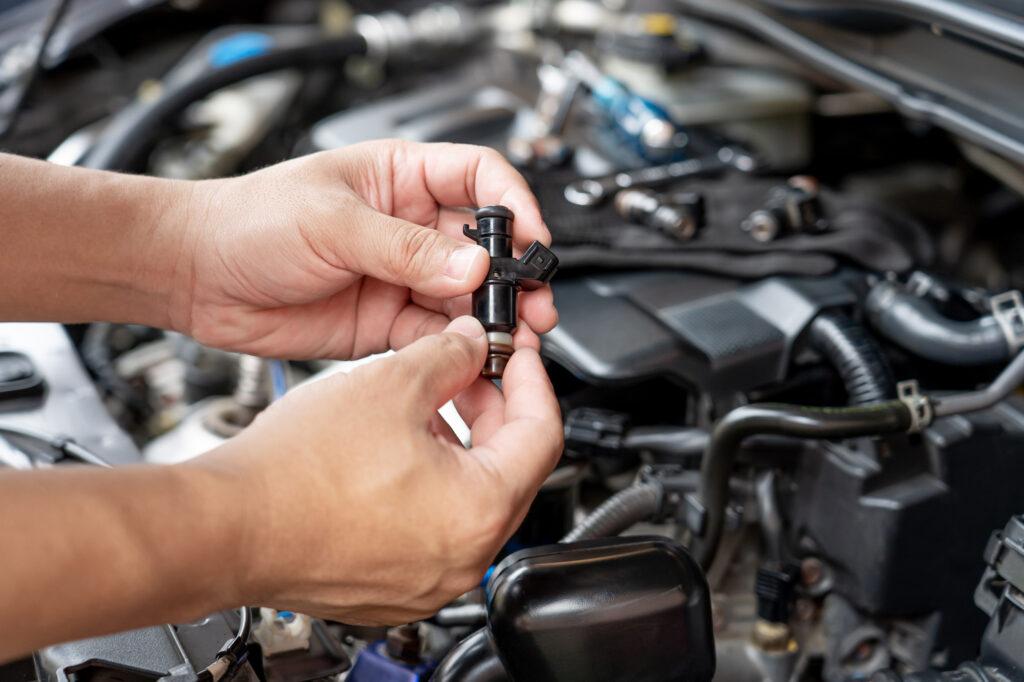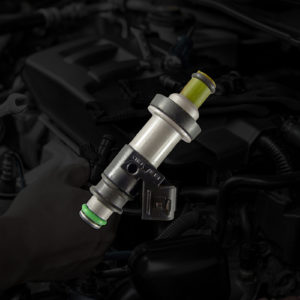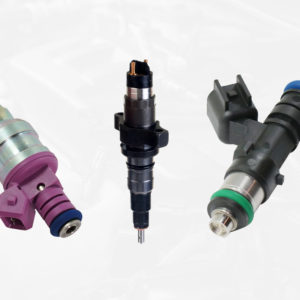Periodic oil changes and filter replacements are crucial in ensuring your vehicle won’t develop problems anytime soon. However, these things only scratch the surface when it comes to the maintenance tasks your daily driver needs.
One of the tasks many drivers tend to overlook is cleaning or flushing the fuel injectors.
What Can Dirty Fuel Injectors Do to Your Vehicle?
A set of dirty or clogged fuel injectors is bad for your vehicle’s overall performance. Here are some problems you might encounter when the fuel injectors get clogged.
The Engine Is Misfiring
A sputtering or vibrating engine could mean it’s misfiring. This is because the fuel injector has gotten clogged to the point that it’s affecting the air-fuel mixture needed for combustion.

However, keep in mind that there can be other causes of engine misfires, such as worn-out spark plugs, vacuum leaks, damaged sensors, and more.
There’s a No-Start Condition
The fuel injector delivers fuel to the engine, so if it’s dirty, it might fail to supply the right amount of fuel for combustion, resulting in a no-start condition.
Gas Mileage Is Taking a Dip
A clogged or dirty fuel injector can produce a lean air-fuel mixture. When this happens, you might notice you’re taking more trips to the gas station than normal.
RPM Needle Is Erratic
In some cases, a dirty fuel injector can cause the RPM needle to behave erratically even when you’re not shifting gears.
There’s Rough Idling
Clogged or dirty fuel injectors can produce varying RPM even when your vehicle is idle. An engine that’s idling roughly might also be accompanied by stalling.
The Importance of Flushing the Fuel Injector
A fuel injector flush is only one of the many services the fuel system needs to keep the vehicle running in great condition.
Aside from normal wear and tear, fuel quality can also cause olefin wax, dirt, water, and other additives to build up inside the fuel injectors.
The same concept of flushing the transmission applies to fuel injectors. A special chemical is used to clean grime, dirt, soot, and other contaminants to keep the injectors working as they should.
It’s best to do this procedure when the engine is hot (but turned off) and has a looped fuel supply. The cleaning chemical should be added to the fuel at a 5:1 ratio, which will flow through the system for 15 to 30 minutes.

Doing so will clean the injectors while removing carbon from the engine valves, pistons, and oxygen sensors.
When to Clean the Fuel Injection System
Many car owners won’t get their fuel injection systems cleaned unless performance issues are popping up. However, most manufacturers recommend cleaning the fuel injectors between 60,000 and 90,000 miles.
Experts recommend checking the injectors at the bends and ends of the fuel rail. These are the ones most likely to become restricted because of a clogged fuel basket screen.
The injectors in these locations are also at the receiving end of dirt whenever fuel makes a turn in the rail.
Technicians also recommend cleaning the fuel rail when servicing the fuel injectors.
Moderating Fuel Injection Flushing
Fuel injector cleaners require a dosage that you shouldn’t go over. Overusing fuel injector cleaners can damage fuel system components and the catalytic converter.
Using too much can also reverse the benefits of injector cleaners. Instead of improving fuel economy, you might end up paying more money at the pump and dealing with engine performance problems.
How Much Will a Fuel Injector Flush Cost?
A fuel injector service can cost anywhere between $50 and $80, depending on vehicle specifications. If you know how to do the job on your own, you can buy a fuel injector flush kit for less than $10 in some stores.
Other Fuel Injection System Maintenance Tasks
Aside from flushing the injectors, servicing the fuel injection system must also include the following tasks.
Inspect the Fuel Pump

The fuel pump should have the right operating pressure and volume. The inspection involves hooking a fuel pressure tester to the fuel rail inlet while the engine is running. Technicians also check the fuel pump’s volume by sending fuel into the holding tank.
Test the Fuel Pressure Regulator for Leaks
Similar to the fuel pump, the pressure regulator must have the right operating pressure and volume. Also, keep in mind that good pressure doesn’t mean proper volume.
In some cases, a clogged filter still produces the right pressure, but it might not have the right volume under load.
It’s best to use the vehicle’s gasoline instead of a can of gas from the shop when servicing the fuel pressure regulator.
Decarbon the Engine Assembly
Fuel injectors usually help with the decarboning process. In some cases, you might need to add a cleaning mixture through the positive crankcase ventilation (PCV) hose, throttle plates, or idle air controls.
Clean the Throttle Plate and Idle Air Control Passages
Cleaning the throttle plate and idle air control passage can result in a manifold vacuum increase of up to two in. Hg.
To perform this task, a handheld fuel injector connected to a pressure hose and pulser is used so that the throttle plate and idle air control passages are cleaned using the same chemicals in the fuel injector.
Relearn the Onboard Computer
There might be some instances where the onboard computer needs to be relearned because of the vehicle’s poor running condition.
To perform this task, the vehicle should run out of fuel first (which takes about an hour or so). The fuel system should have its original operations back after the service.
Handling vehicle computers can be tricky, especially if you’re not an expert in automotive repair.
If you think you can’t handle the task on your own, it’s best to leave the job to the pros. Doing so will ensure that all steps and protocols for diagnosis and repair are followed correctly.
Any information provided on this Website is for informational purposes only and is not intended to replace consultation with a professional mechanic. The accuracy and timeliness of the information may change from the time of publication.




























Thank you Anthony Harlin for a well-written article that is interesting, very informative and for making some technical concepts easy to understand for the DIY people.